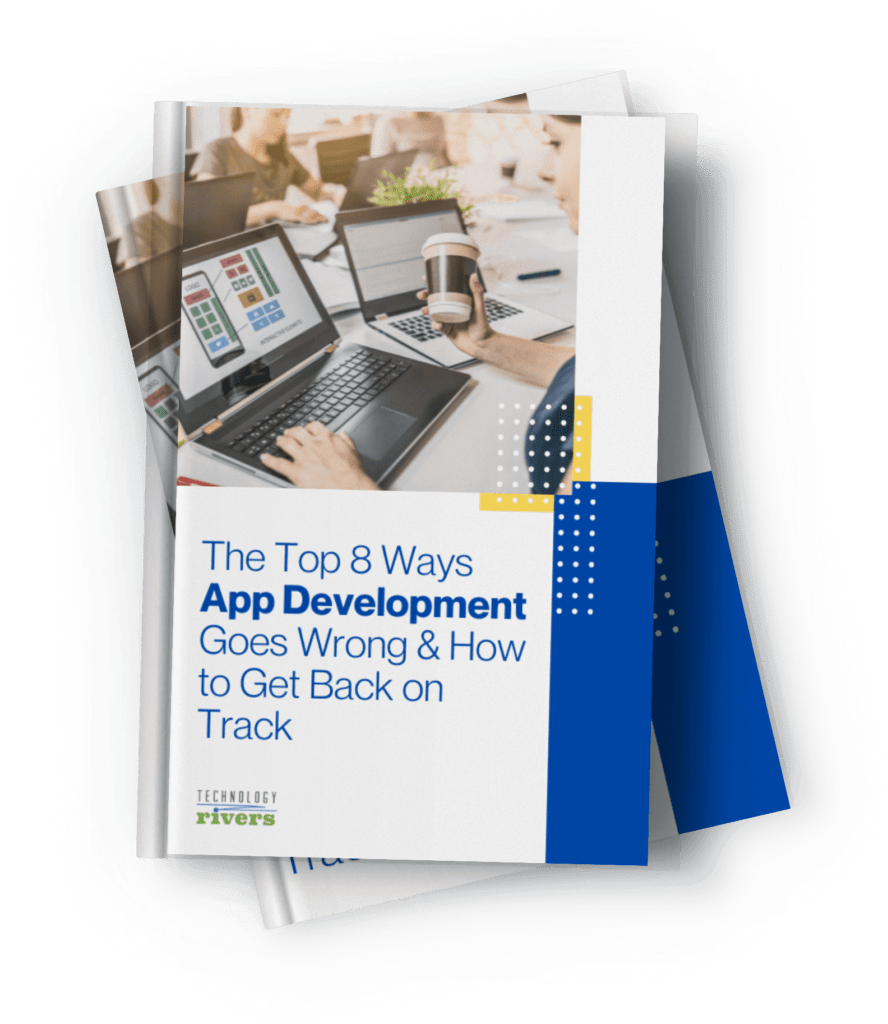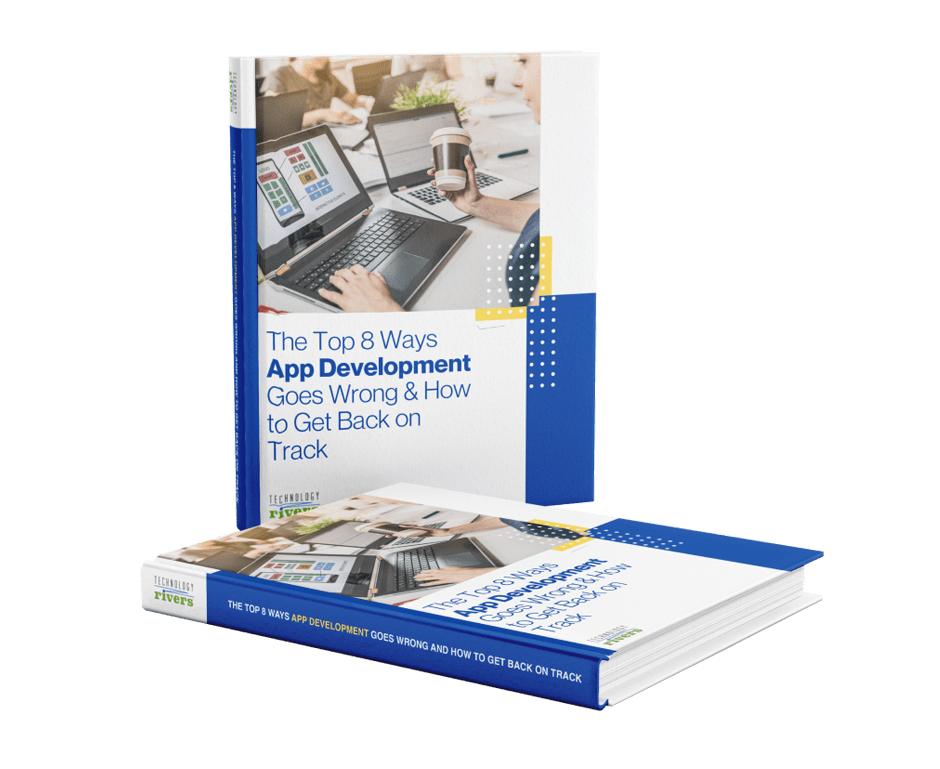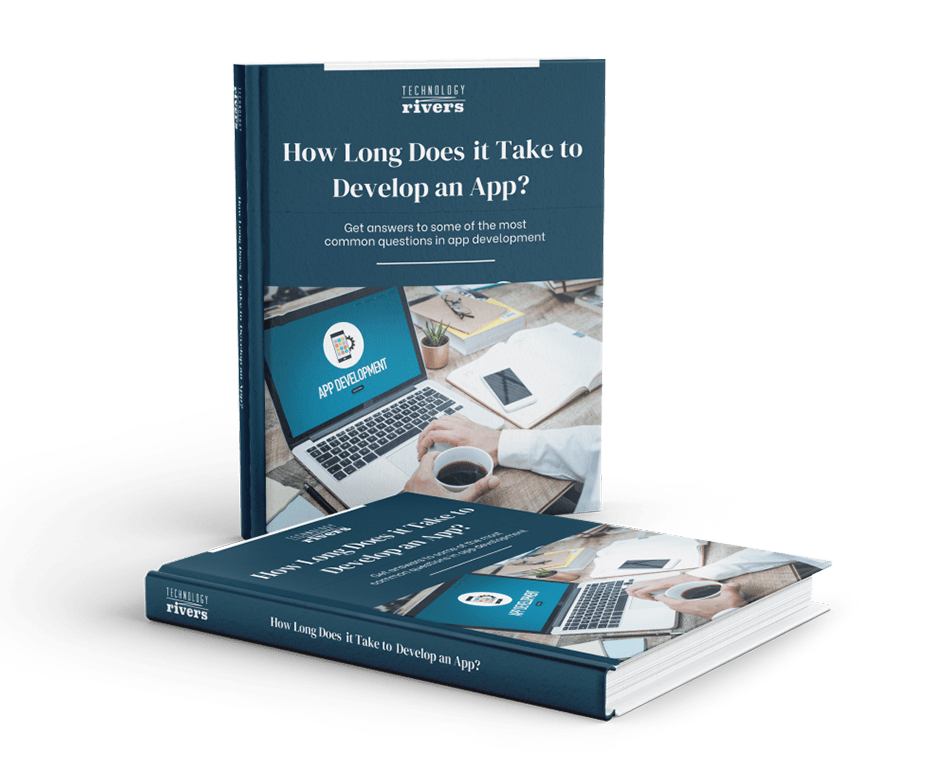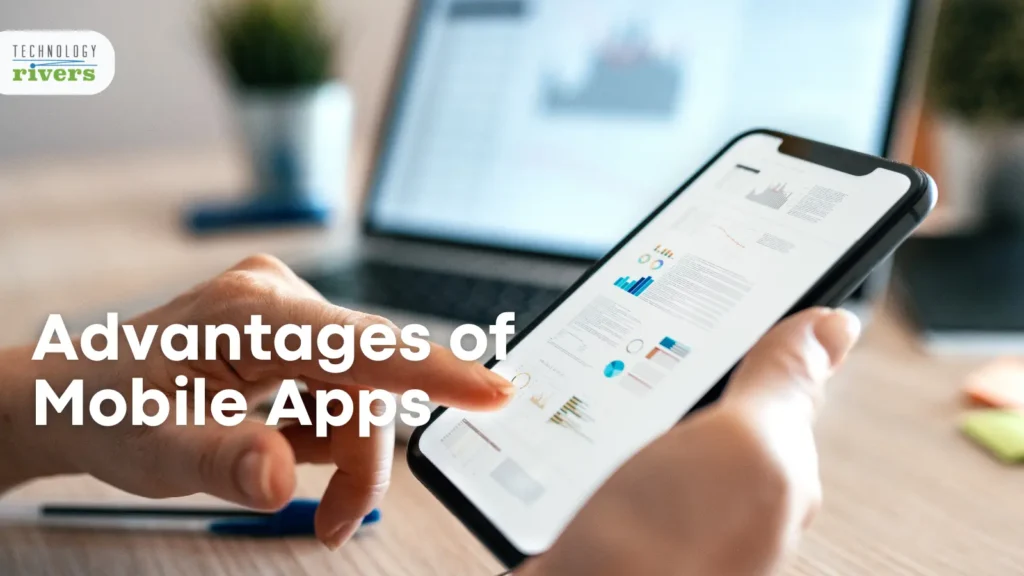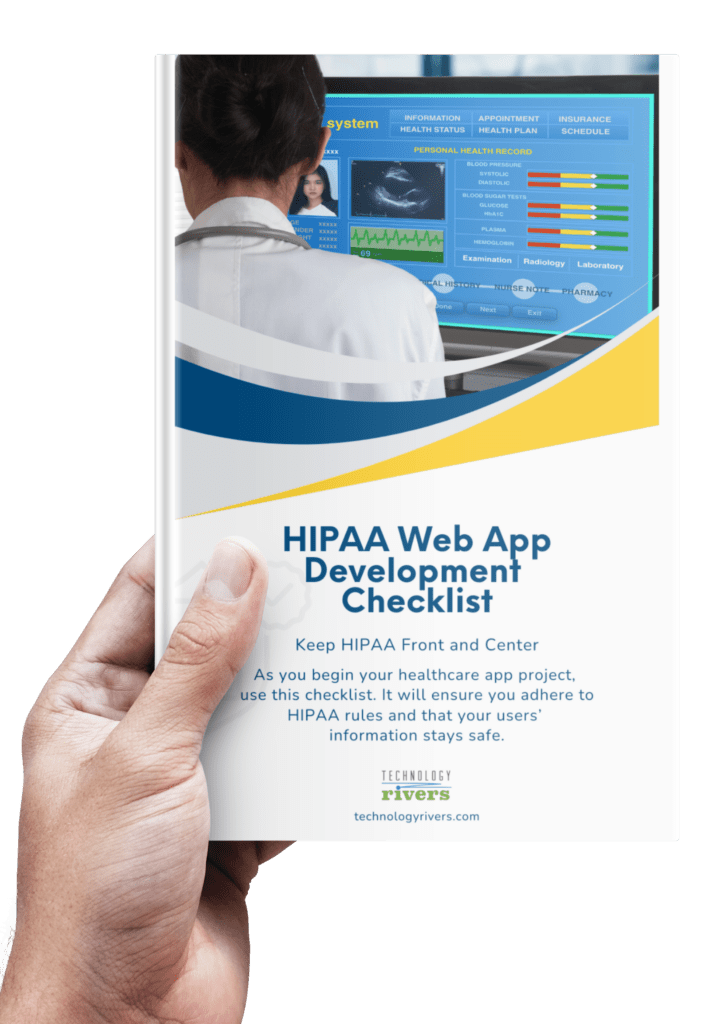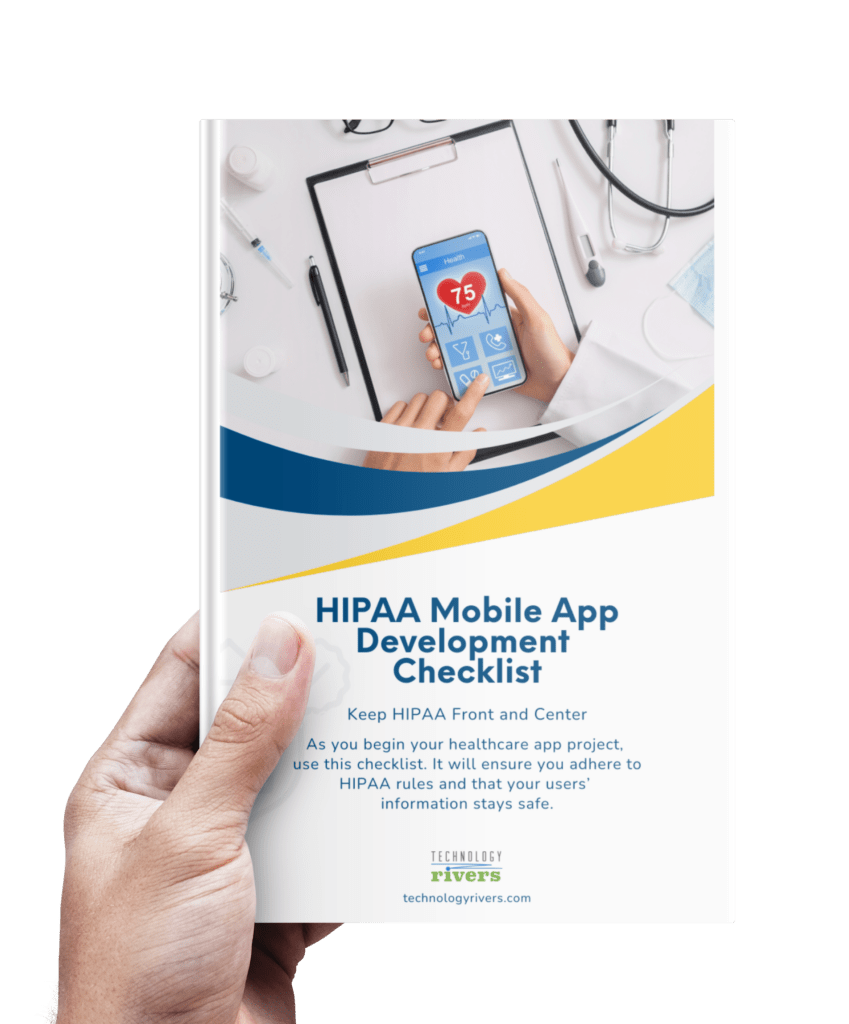
Blogs » 4 Ways to Find Your Niche in a Crowded Marketplace
Table of Contents
The most successful businesses aren’t always the ones breaking down barriers and thinking of innovative, earth-shattering ideas that have never existed before. Often, they’re simply the businesses who managed to see an existing marketplace in a new light.
To Succeed As An Entrepreneur, You Must Learn How to Find a Niche
You’ll often hear the term “disrupt” used to describe an entrepreneur or business who is changing the consumer landscape. But, that change can be small…sometimes it’s simply solving a nuanced problem that none of your competitors have thought –– or successfully tried –– to address.
Maybe it’s honing in on one product that’s airtight, without trying to get lost in the clutter of perfecting too many solutions. Or, perhaps, it’s knowing your audience on such a granular level that you build a hyper-targeted value prop no one else is tapping into.
Then, once you’re in the market, your focus is on growing your share within this dialed-in world. Providing a niche solution gives you the advantage of appealing to an audience that could be self-selected: your personas are built out for you when you’ve developed a product that is uber-specific to solving a particular problem.
At the end of this post, we’ll touch on how you can utilize referral sharing to organically grow your reach to prospects who are already warm leads given their proximity to current users.
1. Your Focus: Solve the Problem That Your Competitors Can’t
Your key to carving out your niche within a crowded marketplace is to solve a small problem that gives people a reason to pick you instead of your competitor.
By honing in on just one problem, you give yourself the time and space focus –– it’s not only about avoiding the trap of “jack of all trades, master of none.”, but it’s also about giving your brand a specific and targeted solution that appeals to a specific and targeted audience.
Take a Proven Business Model, But Adapt it to a Specific Issue or Audience: HomeAdvisor for Boating business
Let’s say you’re launching a marketplace technology. You know similar models are already out there, but each focuses on a specific audience. Whether you’re a homeowner looking to book home improvement with HomeAdvisor or a car-owner booking services through Spiffy, you know there’s an app you can turn to that bridges the gap between owners and service providers.
Our client, FirstMate Services set out to do the same thing, but with a niche audience that honed in on an even smaller group: boat owners.
By using a business model that had already proven successful with other property owners, FirstMate Services was able to offer a value proposition they knew boat owners needed: efficiently taking care of an expensive investment, their boat.
From service calls to repairs, all search, quotes, messaging, and payment is integrated within the app. It’s a one-stop shop for boat owners looking to navigate (no pun intended) the previously clunky process of locating a service provider or repairman.
FirstMate knew this technology worked, but they applied it to a niche audience that had yet to be addressed.
2. Don’t Overextend Your Product: Do One Thing Really, Really Well
Building on solving the problem that your competitors can’t, think about how you can hone in one product –– you want to be a one-trick pony. You’ve got this one specific problem that you are niching down on and solving, don’t overthink it. Is there one solid answer that will make your user’s life easier?
The Gold Standard in Defining a Core Product: Apple
There’s perhaps a no better example of a company that carved out their niche and saw their brand explode on the map than Apple. Steve Jobs and company focused their offerings early –– they were only going to do computers and they were going to do them better than anyone else out there.
They didn’t get caught up in adding features or expanding, instead, they looked to solve one core problem and master one unique product. Their minimalist branding with its “Think Different” slogan appealed to a creative, tech-savvy audience of designers, one that became aspirational for an entire generation.
Apple products started as a singular niche offering: computers. And, they did them really, really well. With a streamlined experience and superior safety, a Mac was worth the premium price for those who took their computers seriously.
As their products expanded to include the iPod, iPhone, and iPad, Apple continued to offer an efficient experience that created a singular ecosystem. Users were buying into one product that was supremely executed and provided the absolute best possible experience for the one problem they set out to solve.
And, in 2020, Apple niched down even further by cutting ties with Intel and announcing they would now be solely responsible for the processing within their own products. Initially, the relationship with Intel allowed them to focus on what they did well while allowing Intel to sort out the hardware and software issues.
However, now all hardware and software will be part of this singular Apple world –– it’s doubling down on one product as a niche experience.
We do not yet know how this will play out, but as Apple has learned before, especially given that computers and cell phones are now synonymous with Mac and iPhone: if you solve your own problems, you reap the rewards.
3. What Makes You Unique? Consider How That Appeals to Your Niche Audience
When you’re working with a tried and true product, there are still ways to differentiate yourself in the marketplace. The more targeted your audience persona and the further you understand their needs, the more clear it will be how you can create a product that will appeal to the desires they didn’t even know they had.
Think about it this way: let’s say you’re looking at creating a budgeting app. You want to carve out a market, so you decide you’re going to target millennials. There are still dozens of millennial budgeting apps already out there. So, you need to go even further and think about something that would make you truly stand out: you’re going to target millennials, with student debt, and integrate the app with a student debt repayment plan.
For this particular group, your app is a unique value prop over other options. This is similar to the idea of solving a problem that your competitors can’t, but it takes it in a different direction –– rather than addressing a different problem, you’re offering an advantage or a specialty that similar applications don’t have.
Offer a Different Spin on the Tried and True: Felt Handwritten Greeting Cards
For example, if you want to send a card online, there are countless apps and websites you can turn to. Some have been around for decades, others are newcomers to the scene. E-cards are nothing new. So, how did Technology Rivers’ client, Felt, carve out their own niche within this long-existing world?
They looked at how they could approach the idea of e-cards differently, without changing the base offering. There are plenty of companies offering beautifully designed and customizable cards, but the personalization has its limits: these cards don’t have that touch of your own pen to paper. That’s why Felt knew they had a unique niche: they are the only application currently offering handwritten greeting cards online.
They optimized the ability to transfer handwriting online and on to the e-cards and, in doing so, created a unique spin on a tried and true model. For those consumers who want to go the extra mile and add something special to their e-cards, Felt is the answer.
4. Once You’re In Market: Utilize Referral Sharing to Target a Hyper-Focused Audience
By solving a hyper-specific problem within an industry, you’re already tapping into a warm audience. People want their lives to be easier. That’s a universal feeling. So, when you develop a product that solves a hyper-specific problem or offers a targeted and unique value prop, you’re honing in on your core prospects.
By doing your one niche well, you create a loyal following among users and are given the opportunity to utilize a marketing strategy that focuses on organic growth and word-of-mouth promotion. Your marketing strategy can be successful through a word-of-mouth model.
You grow your consumer base by incentivizing current customers to spread the word about your business. By offering a small token or discount for referrals, these customers are motivated to convert their similarly minded friends to your product.
LivingSocial was an early adopter to this model when they offered users $10 in credit for each friend that purchased a deal. Robinhood offers users free stock when a friend joins. And, many other tech companies offer credits for each user referred: Uber, HelloFresh, DoorDash, and others are in these ranks.
A referral program is a model that can be successful and allow your users to do your on-the-ground marketing for you. Remember, a happy user can be your most valuable marketing tool.
By solving just one problem that exists in a crowded marketplace, you differentiate your application or product and give it the opportunity to take off within a targeted audience. You offer them something that no one else is –– and provide them with an opportunity to run your marketing for you through referrals.
Have an idea but not sure where to start? Consider bringing in a partner with knowledge and know-how in the software development and entrepreneurial space. It will help you think through your ideas, help you see where gaps exist currently in the market, and where you can jump in to solve an existing problem. Remember, the next big thing is often a solution that is right in front of your eyes…just no one has taken the time yet to solve it.




